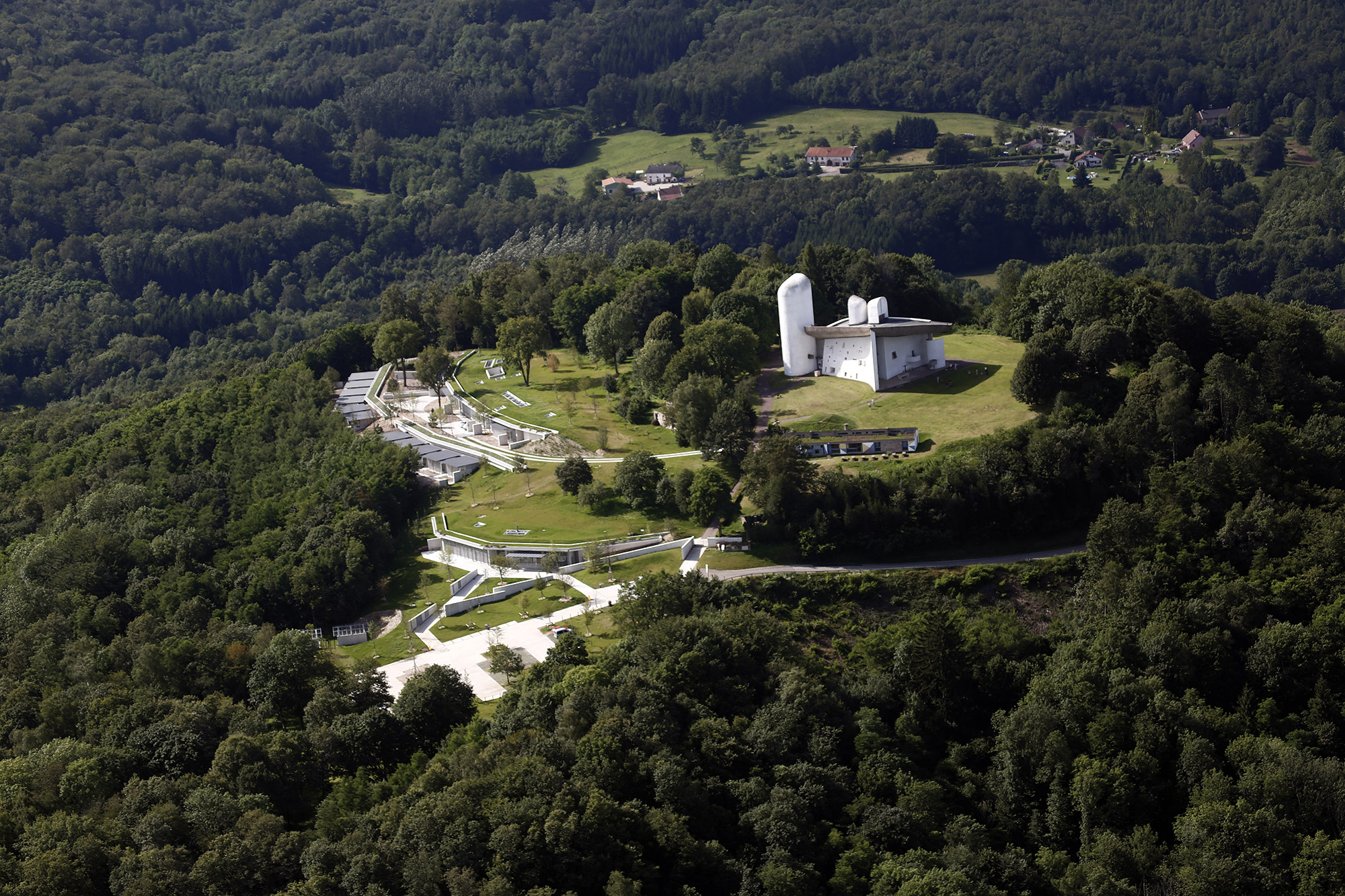Picking new tech for your small business? Do it the right way
Setting up new technology is a big decision, but there are steps you can take to make sure you're making the right choices for your business.

By Eric Dean
Settle in for the bumpy ride. From our government to the economy, volatility surrounding our industry keeps stacking up. Last month, I explored the importance of strategic planning and clear goals (specific to your realistic situation) to build more resilient businesses.
But resilience and strategic plans alone aren’t enough. Businesses need the right tools and technology to accelerate that plan, advance ambitions and drive meaningful outcomes faster.
Setting up new technology is a big decision, with high price tags (in direct technology costs, along with significant indirect costs, like management and team oversight). But big initiatives pay off when they help turn change and challenge into differentiation and profitable growth. The catch is they must be the right technology investments for your unique needs.
Let’s look at how to evaluate and prioritize technology projects for greatest impact and avoid costly mistakes.
Tech should meet goals and outcomes
Too often, the first question I’m asked is: “What will the technology project cost?” Frankly, that’s a shortsighted question without any context.
Instead, ask: What return (profit) will I see? How long will it take? How confident can I be in the outcome? Will this technology solve my problem? Does it advance my plan or fill gaps? How will it differentiate me from competitors or commodities in the market? Write down your answer to each question and share these with your internal team and external tech partners to document alignment and buy-in.
Common mistakes buying technology
In my experience, big digital investments typically underperform in four ways, slowing down time-to-value:
Progress-Killing Budgeting (Yesterday’s Needs, Instead of Tomorrow’s): Given how fast our market, customers and technology changes, don’t budget on autopilot. Make sure your documented plan, defined outcomes, and prioritized technology investments are based on “where the puck is going to be, not where it has been” to borrow wisdom from Wayne Gretzky.
Impact-Killing Overtaxed Teams: The new technology must improve efficiency for your teams, not pile more on their plates or require an enormous learning curve. Team inefficiency inflates operational costs and harms productivity — when your team is constantly playing catch-up, they can’t be creative or proactive to get ahead.
Adoption-Killing Team Capability Gaps: The new solution must augment or advance your team’s skills and competencies, or it’s not going to drive meaningful value. Best-case scenario here is team members use a subset of the features you pay for, and worst case, they won’t use the tools at all — like buying the Ferrari and never taking it out of second gear.
ROI-Killing Duplicate and High-Cost Systems: The new solution must completely replace costly legacy tools and inefficient workarounds. Older platforms naturally incur high costs to maintain over time, while their value to your business declines. They face higher risks, security issues and even solution failure.
Consider these potholes and plan for them or risk paying extra for duplicated systems, fragmented data, inefficient workflows, and overwhelmed teams.
Consider REJ Framework for Faster Outcomes
At Whereoware, we’ve adopted the Rapid Economic Justification (REJ) Framework to mitigate these challenges, reduce operational headaches and drive faster financial results. The REJ Framework weighs the risks, benefits and costs of a solution to better understand the project’s value and likelihood to achieve business goals. Here’s how it works:
Defining Solution Benefits and Economic Focus: Every investment should make economic sense — solving real problems and avoiding unnecessary costs. The REJ Framework helps you steer clear of “shiny object syndrome” and stay focused on your specific issues, whether that’s cost reduction, market differentiation, or customer experience improvement.
Mapping Tech Benefits to Goals and Outcomes: REJ helps you evaluate a solution against your goals and proactively answer questions like: What challenges are we solving with this solution? How will it improve the experience for our team and customers? What will it cost, and what existing expenses could it replace? How soon can we expect to see ROI?
By addressing and documenting these questions upfront, you tie the solution’s value directly to your unique circumstances and gain team alignment on the plan and expectations.
Setting ROI Expectations and Estimating Time-to-Value (TTV): Next, quantify the value of a solution, setting realistic and measurable outcomes. This step creates a confident business case for technology projects, a defined roadmap to achieve business outcomes, and an action-oriented measurement plan to get there faster. With your team aligned and excited to use the tech and solve known problems, you’ll see important quick wins faster.
Never forget that technology is not the end, just the means. Approach tech projects with clear eyes and turn challenges into opportunities for growth.
Eric Dean is the founder and CEO of Whereoware, a digital experience consultancy. He oversees the corporate vision, strategy and growth initiatives, focused on enhancing service offerings, expanding into new markets and delivering exceptional client results. He is also an entrepreneur, executive consultant and business mentor.
See also:
What's Your Reaction?












































